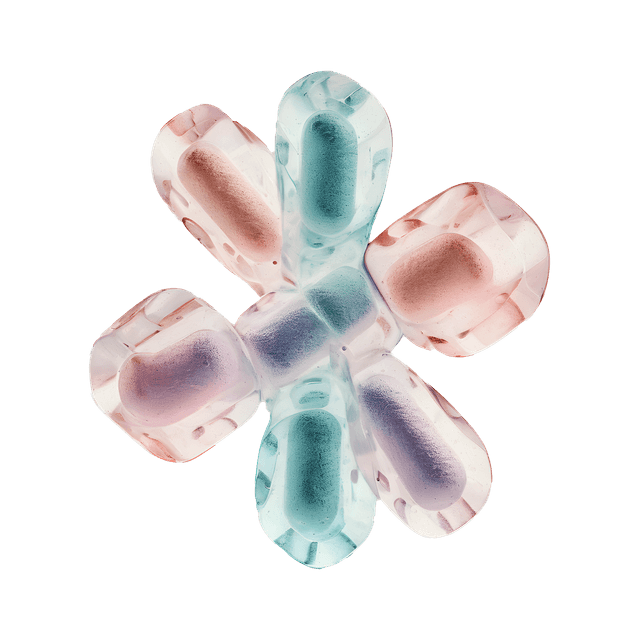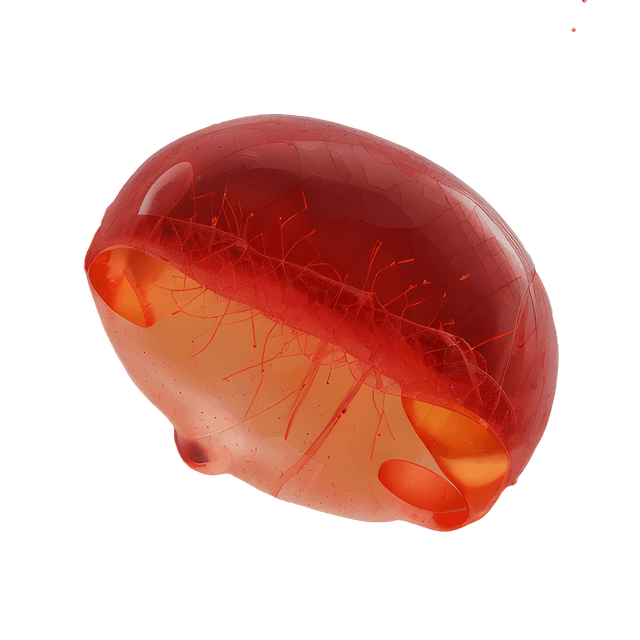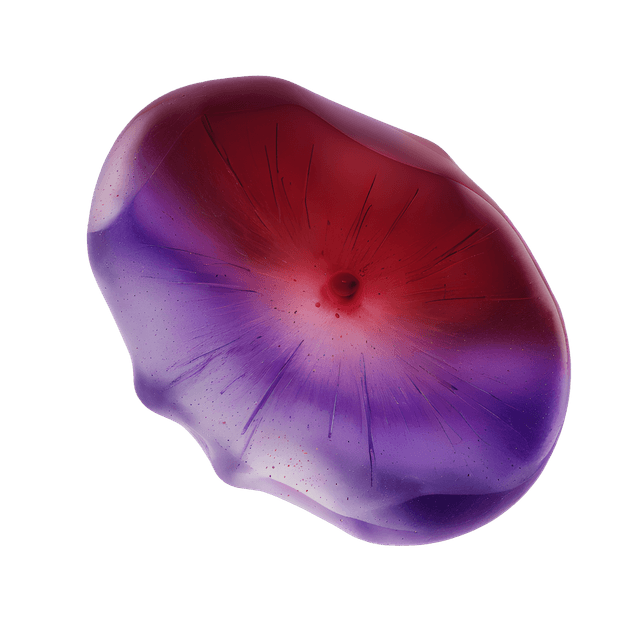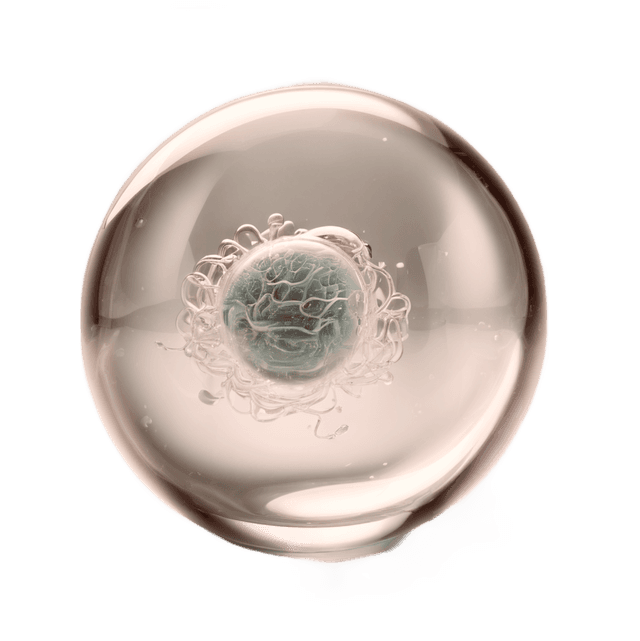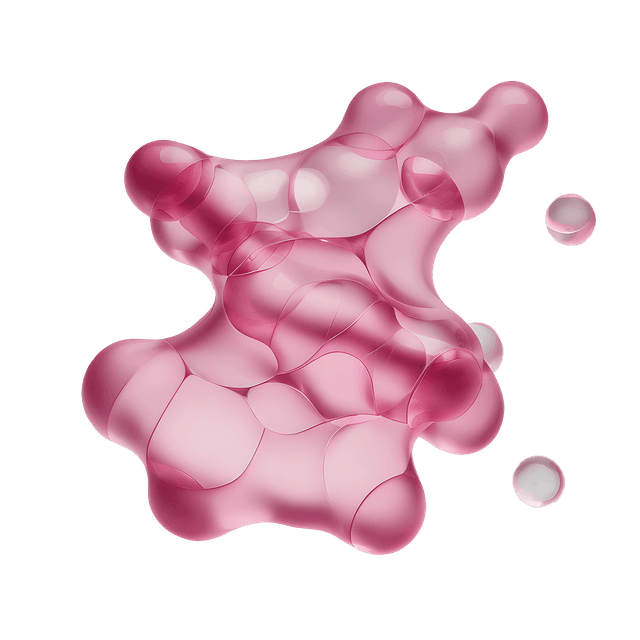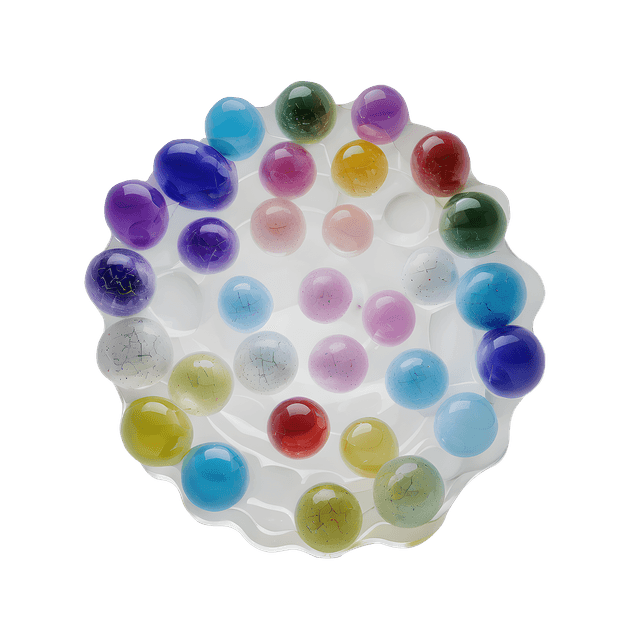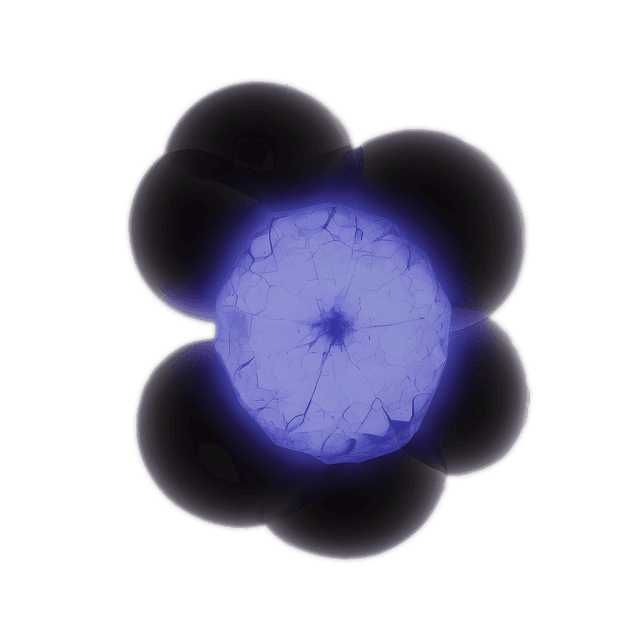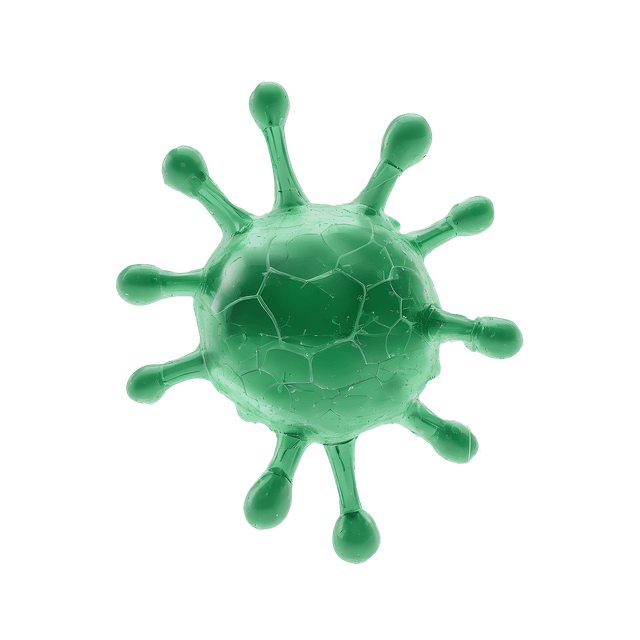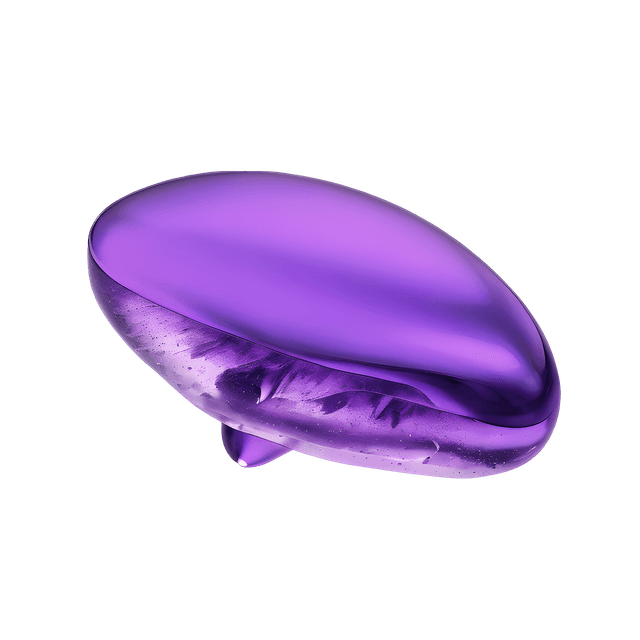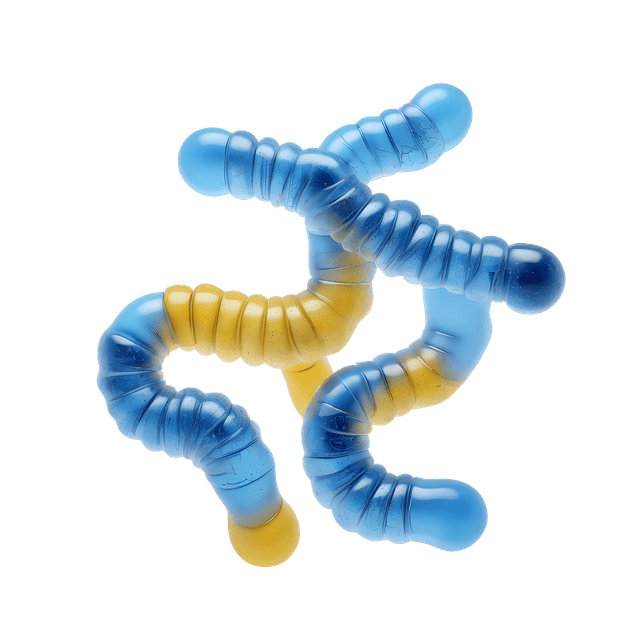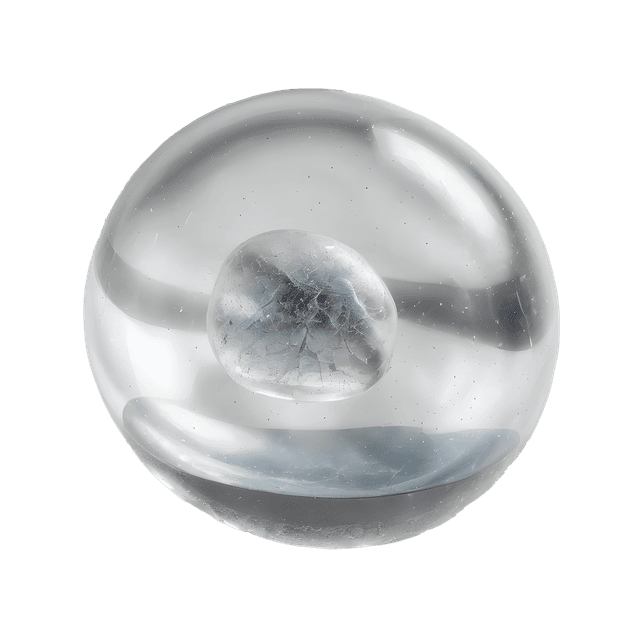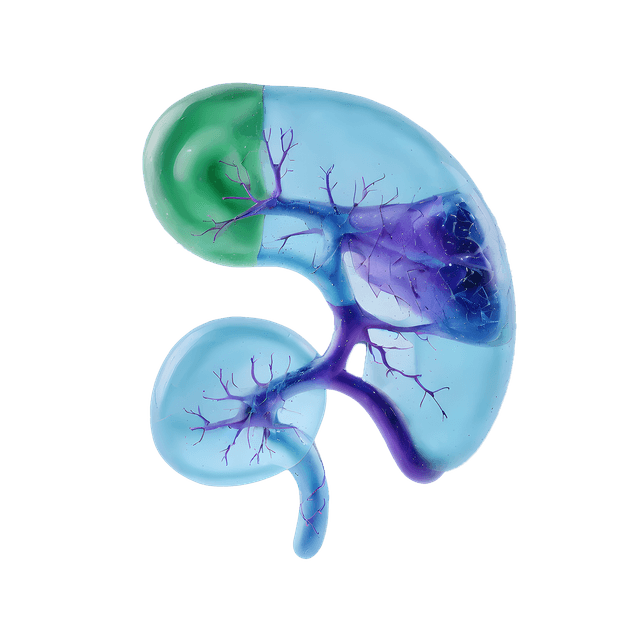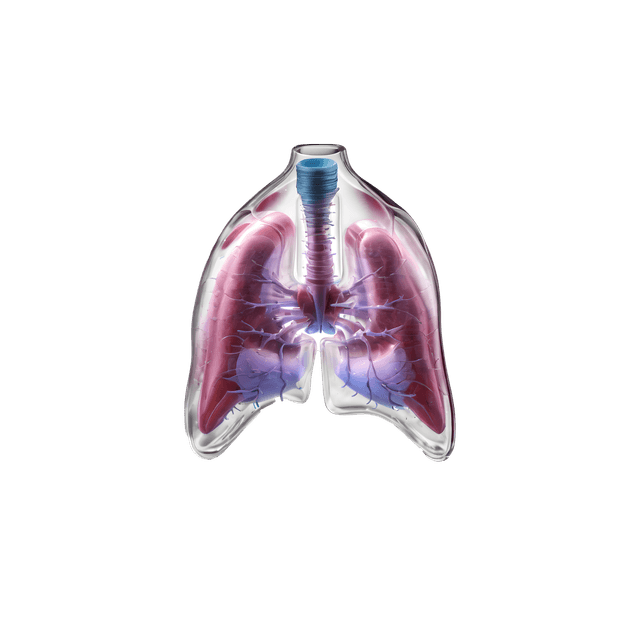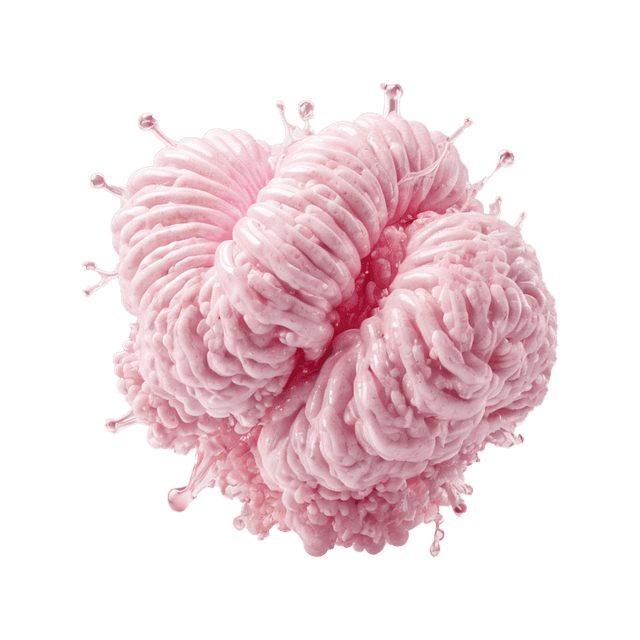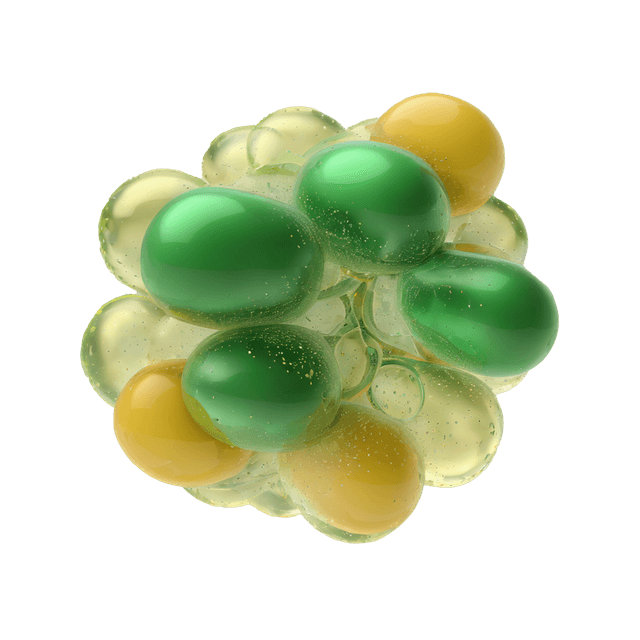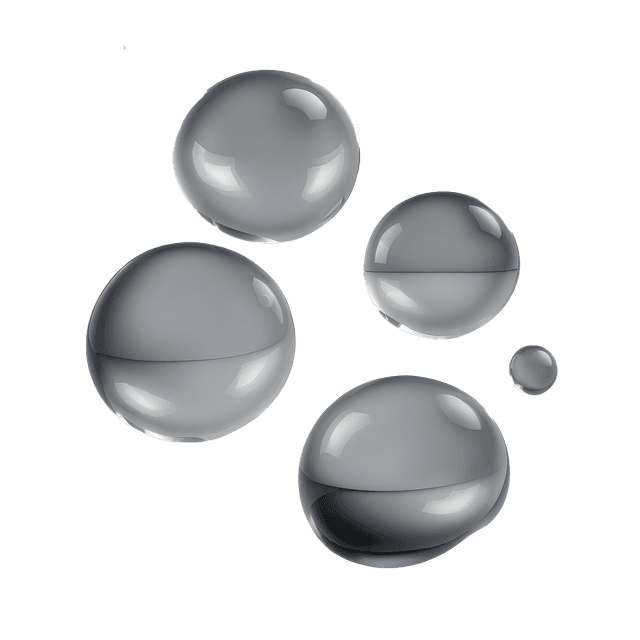What is anti-dsDNA?
Anti-dsDNA stands for antibodies against double-stranded DNA. These autoantibodies are formed when the immune system incorrectly reacts against the body's own genetic material, which is particularly common in SLE.
- Autoantibody: Antibody that attacks the body's own structures
- dsDNA: Double-stranded DNA – our genetic material
- Anti-dsDNA: Immune reaction directed against the body's own DNA
Why analyze anti-dsDNA?
An anti-dsDNA test is analyzed primarily to:
- Make a diagnosis of suspected SLE
- Follow disease activity in people with SLE
- Distinguish SLE from other autoimmune diseases
- Identify the risk of kidney damage (lupus nephritis)
How are anti-dsDNA test results interpreted?
The sample is taken as a blood sample. The result can be negative, weakly positive or clearly positive. Sometimes a quantitative level is stated, e.g. IU/ml or kE/L depending on the analysis method.
Interpretation of test results:
| Results | Interpretation | Comments |
|---|---|---|
| Negative | No measurable anti-dsDNA antibodies | Reduces the likelihood of SLE |
| Low positive | Possible SLE or other autoimmune disease | Does not necessarily indicate disease |
| High positive | Strong suspicion of SLE | Often linked to lupus nephritis (kidney disease) |
Note: In order to make a diagnosis, a positive test is not enough; a comprehensive assessment of symptoms and other laboratory values is also needed.
A positive anti-dsDNA test is not dangerous in itself, but it may be a sign of an underlying autoimmune disease that needs further investigation – especially systemic lupus erythematosus (SLE). However, treatment is not given based solely on the presence of anti-dsDNA, but only if you have a disease that requires it. In people with SLE, the level of anti-dsDNA antibodies can change over time and increase during relapses or decrease when the disease is in a quiet phase, which makes the marker also useful for follow-up.




